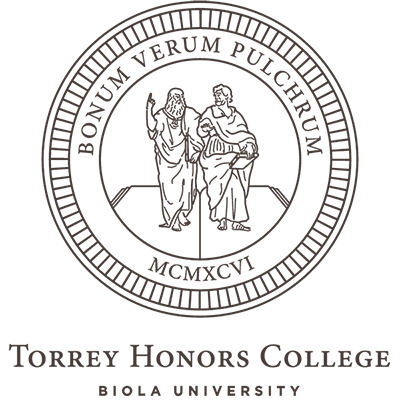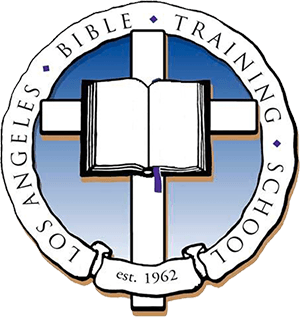A scene from the Leben der heiligen Altväter (1482)
The Triune God (from Companion to Webster)
A Companion to the Theology of John Webster, ed Michael Allen and R. David Nelson (Eerdmans, 2021), 146-158.
This excellent volume explores the theology of John Webster, in seventeen chapters by significant theologians. Here is an excerpt from my chapter on Webster’s approach to the doctrine of the Trinity:
“There is only one Christian doctrine,” John Webster writes, “the doctrine of the Holy Trinity in its inward and outward movements.” Webster was consummately a theologian of the Trinity. One of the most recognizable aspects of his work is a characteristic deployment of the doctrine of the triune God, a deployment that exerted considerable influence on contemporary theology. Yet it is a curious fact that John Webster never wrote a book on the Trinity. Since Webster’s chosen medium tended to be the essay rather than the monograph, the point can be made more sharply: Nowhere in the Webster corpus do we find a single chapter, article, or essay directly and exclusively devoted to expounding the doctrine of the Trinity. Yet the doctrine makes itself powerfully felt throughout the entire body of Webster’s work. It surfaces again and again, as a constant point of reference and a force determining his decisions on any topic. Although there is no extended treatise by Webster on the Trinity to consult, the doctrine is nevertheless right at the heart of his work, and nearly everything else he wrote is where it is because of the centrality of the doctrine of the Trinity. We might compare the situation to that of a painter who left behind a vast canvas on which he had not yet fully rendered the central figure, although he lavishly depicted the background and gave exquisitely polished and detailed treatments of a number of supporting figures. Throughout this composition, even the overall coloration and the patterns of light and shadow are determined by the central figure. The central figure just happens to be made of a few large, confident brushstrokes indicating the precise size and shape of a figure intended to be fully worked at a later stage of painting.
What makes this situation possible is the nature of the doctrine of the Trinity itself. It is at one and the same time a single, particular locus of theology and the all-governing framework for the right ordering of all the loci of theology. Webster grasped this. In his theological reflections and working papers, Webster seems to have made maximal use of the latter perspective, the Trinity as ordering framework, before he devoted direct attention to the former perspective,
the doctrine itself. Thus, while any number of Webster’s diagnostic probes into modern theology could include the incisive sentence, “such is the pathology; the corrective is trinitarian,” his actual exposition of the doctrine of the Trinity itself remains scattered across his works, a few paragraphs here and a few there. These paragraphs indicate a robust and normative doctrine of the Trinity. Webster’s treatment of the perfection of the divine life gave form to the distinctive theological frame of mind expressed throughout his work, and this was especially clear whenever he expounded the final ground of God’s perfection as nothing other than the eternal processions of the Son and Spirit from the Father.Systematically speaking, the doctrine of the Trinity plays three roles in Webster’s theology, without which we cannot make sense of his work. As a doctrine, the Trinity is for John Webster definitive, distributed, and decentering…
A Companion to the Theology of John Webster is available from Eerdmans and Amazon.
 Fred Sanders
Fred Sanders

